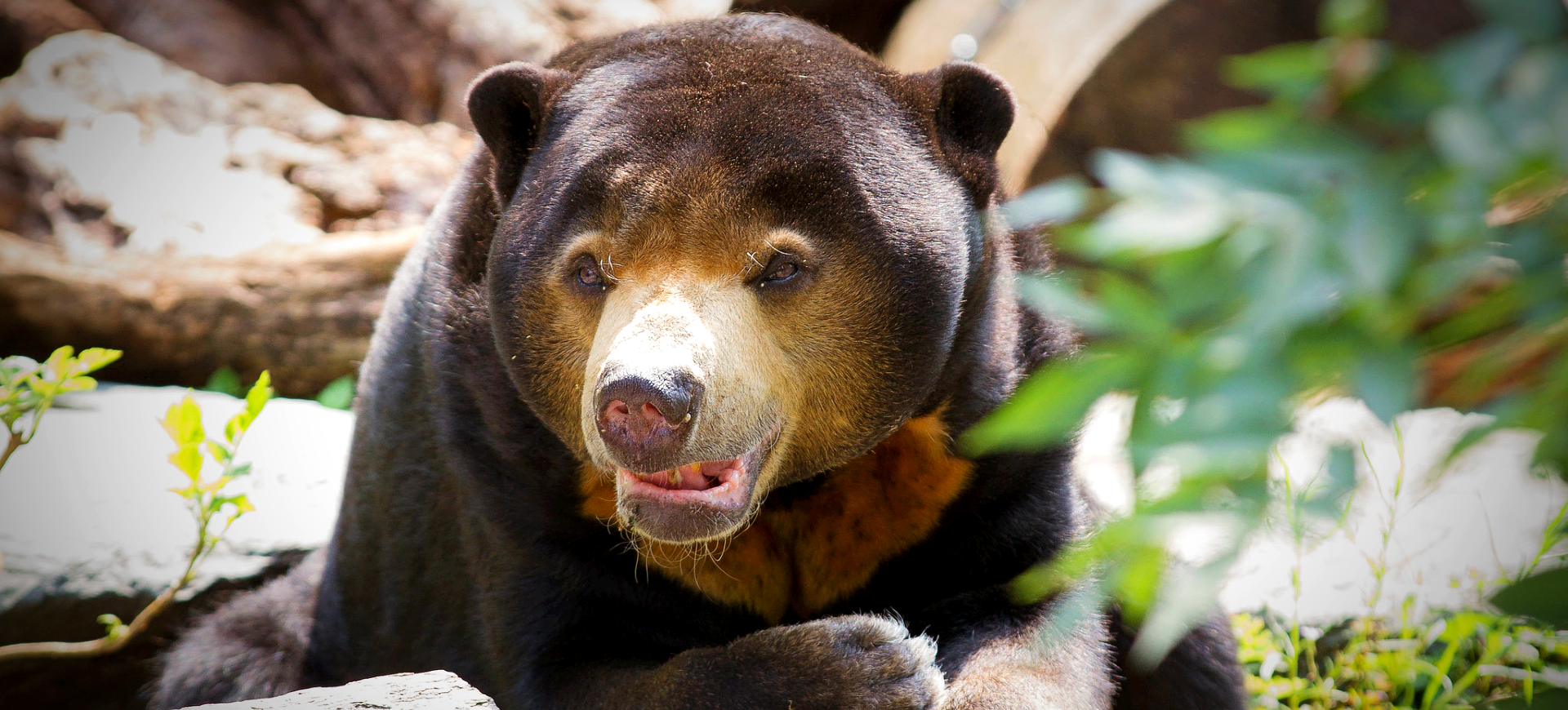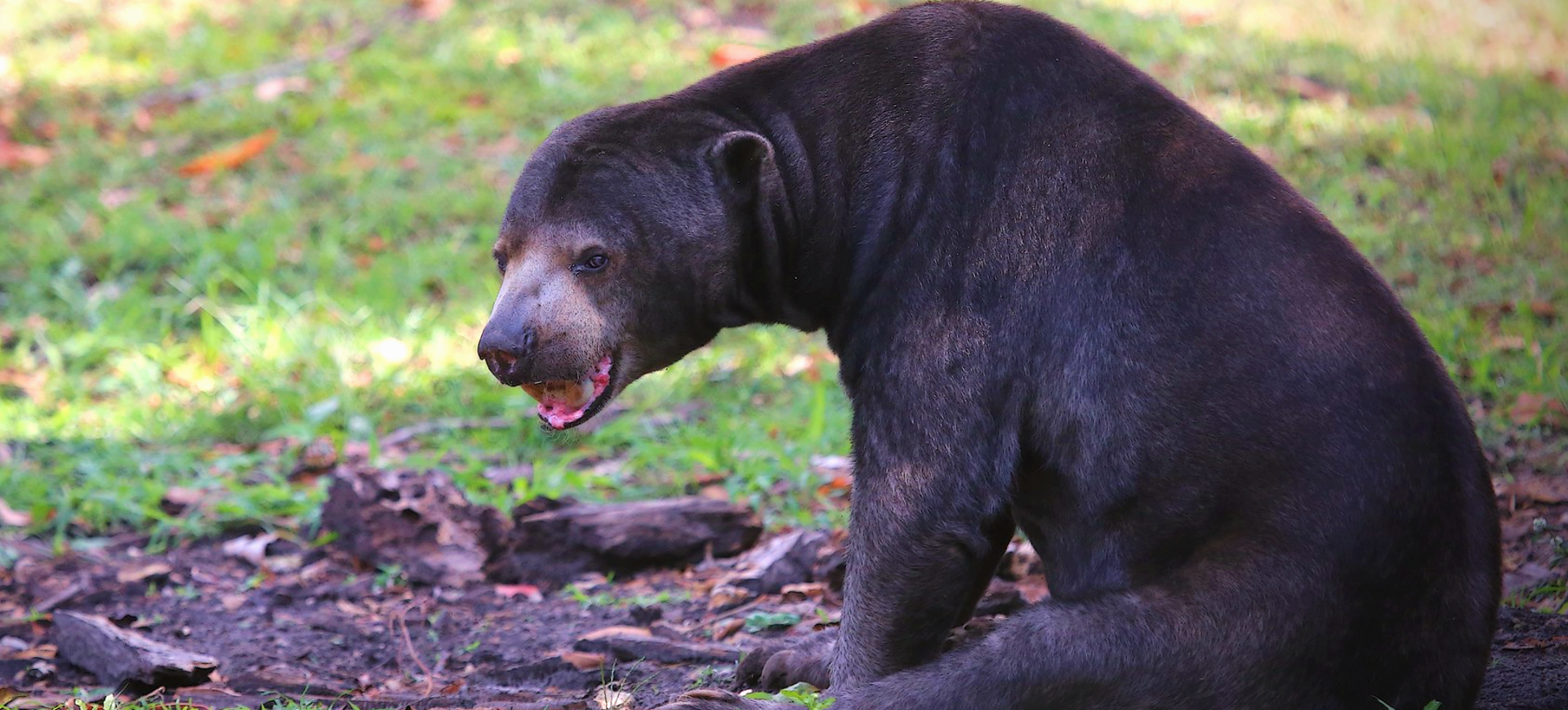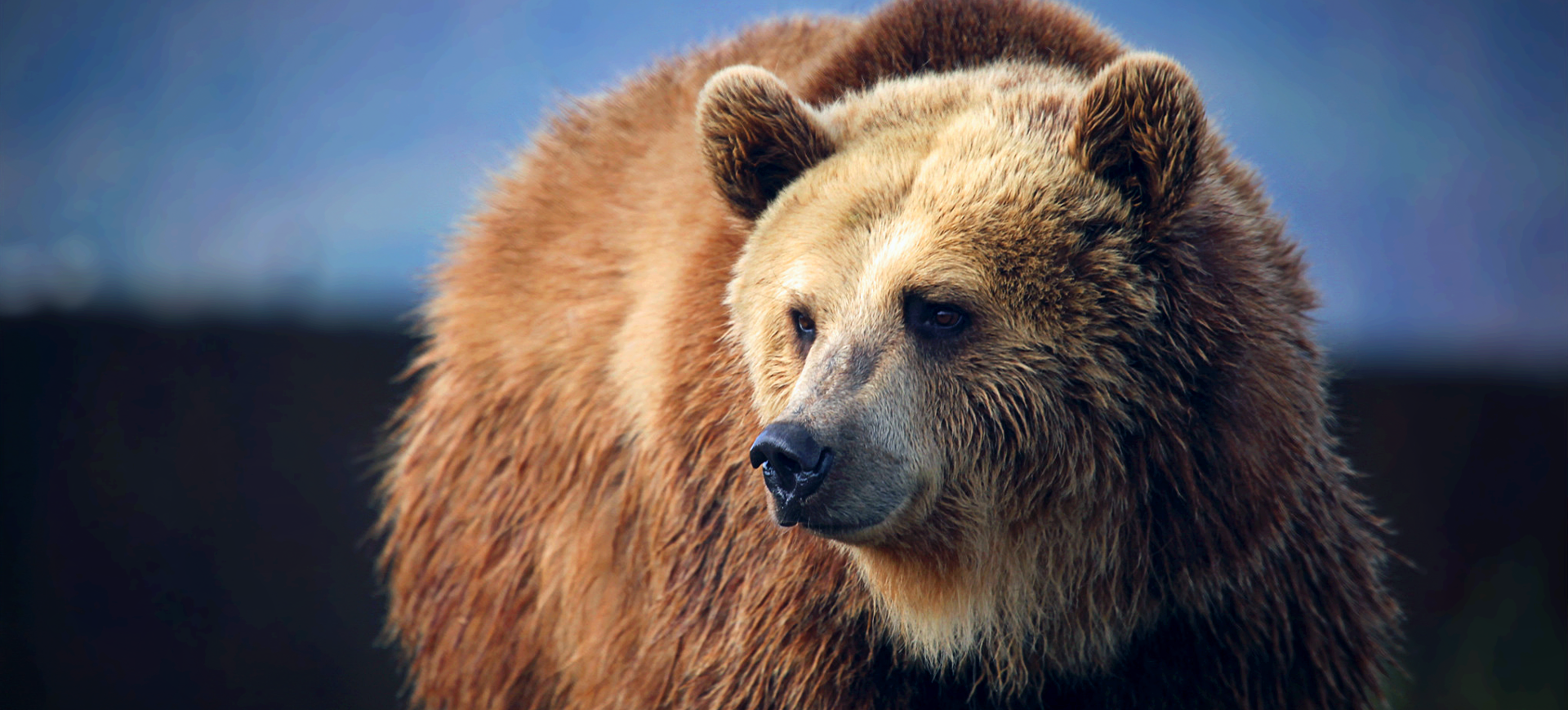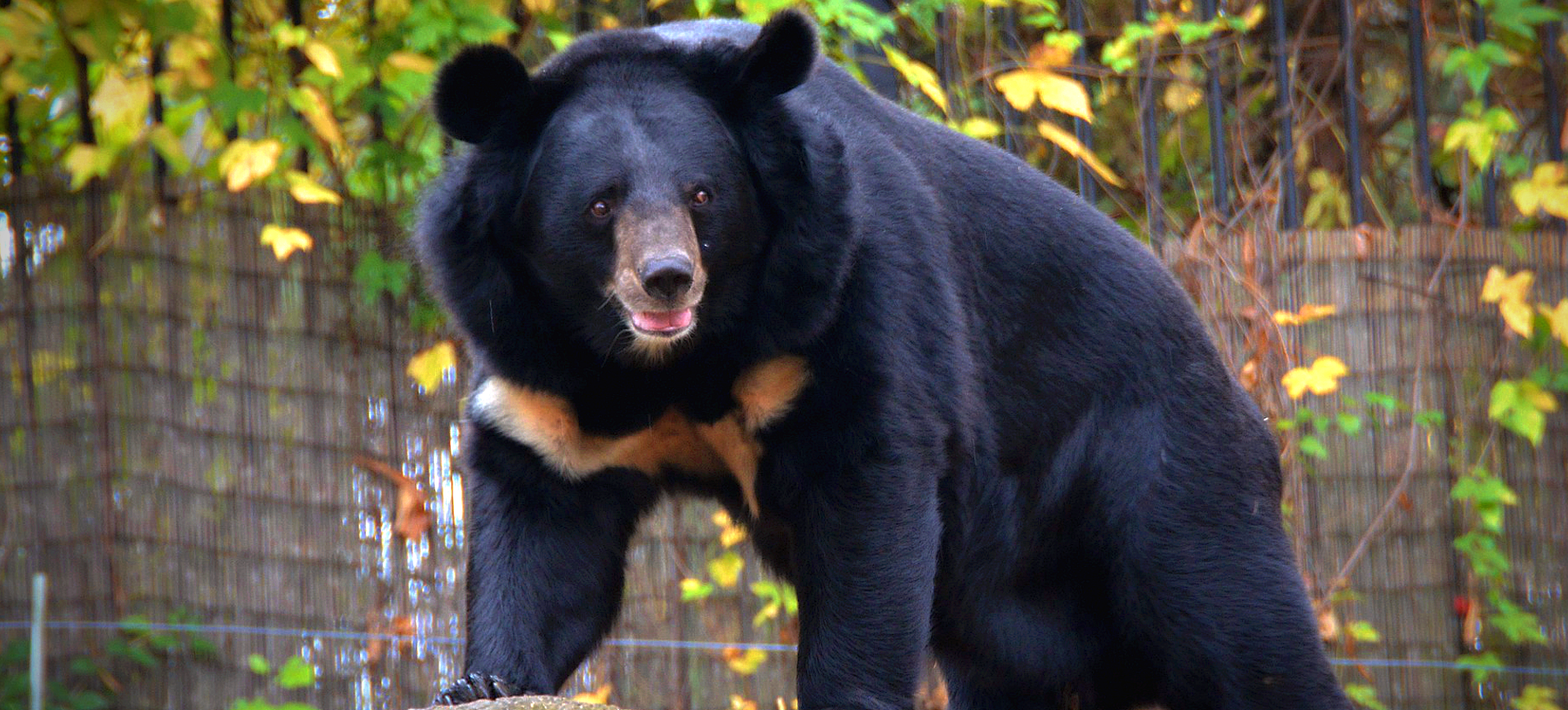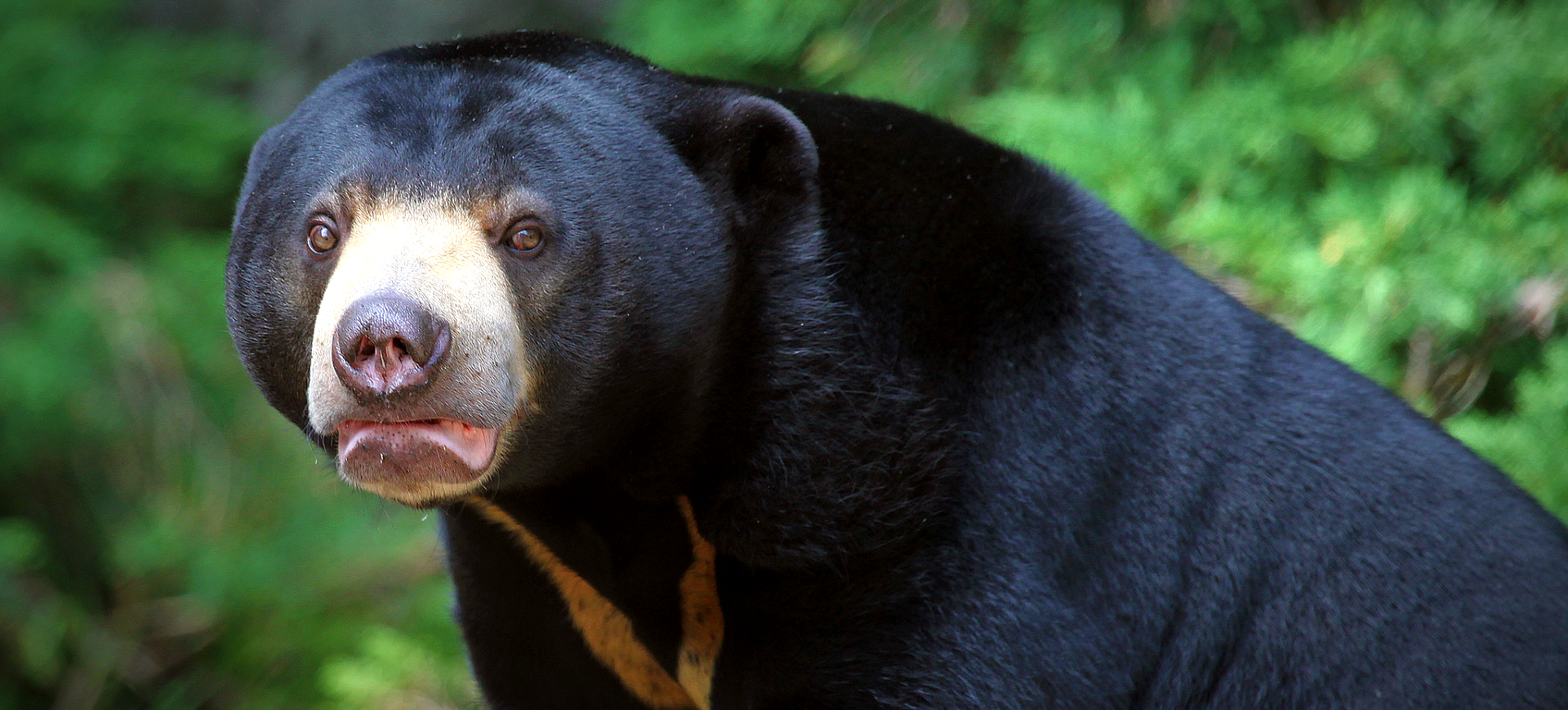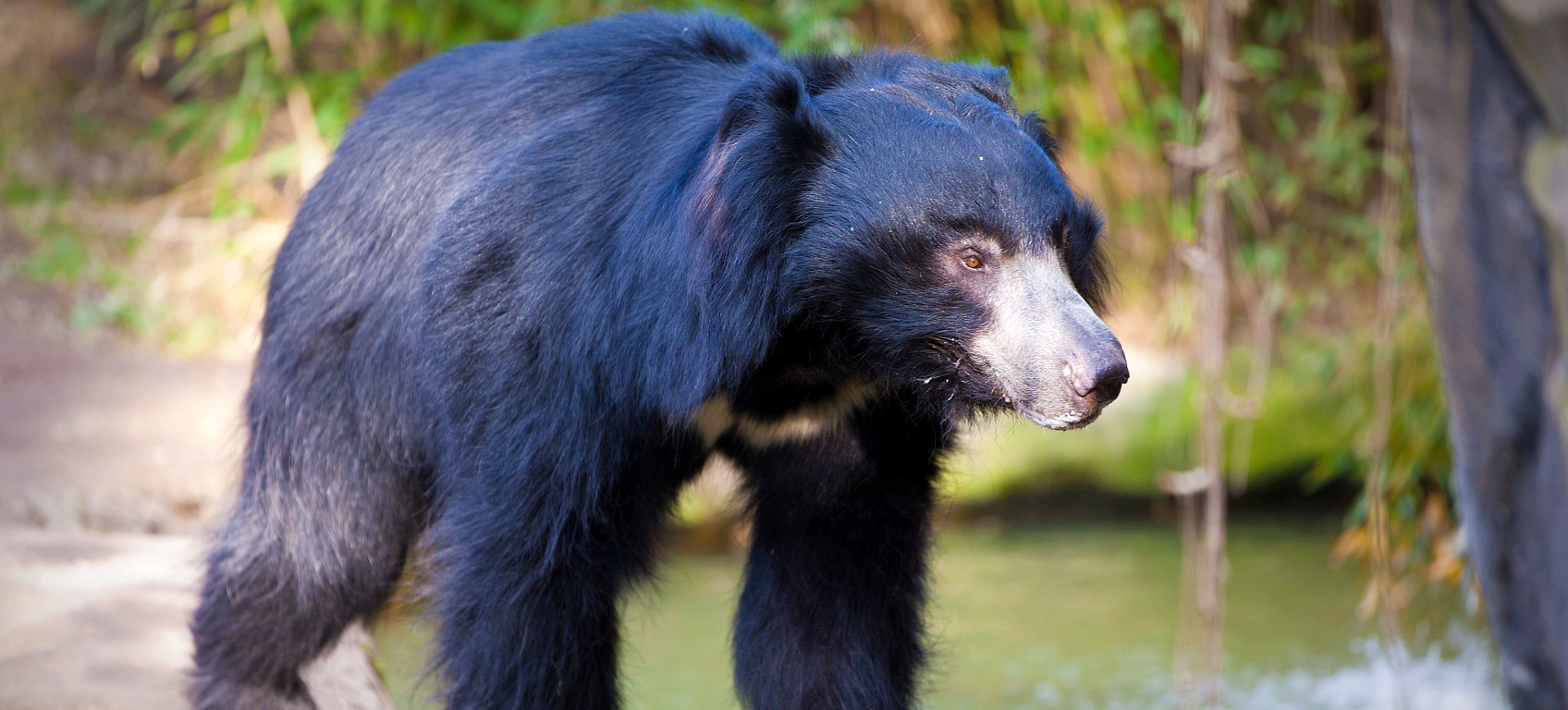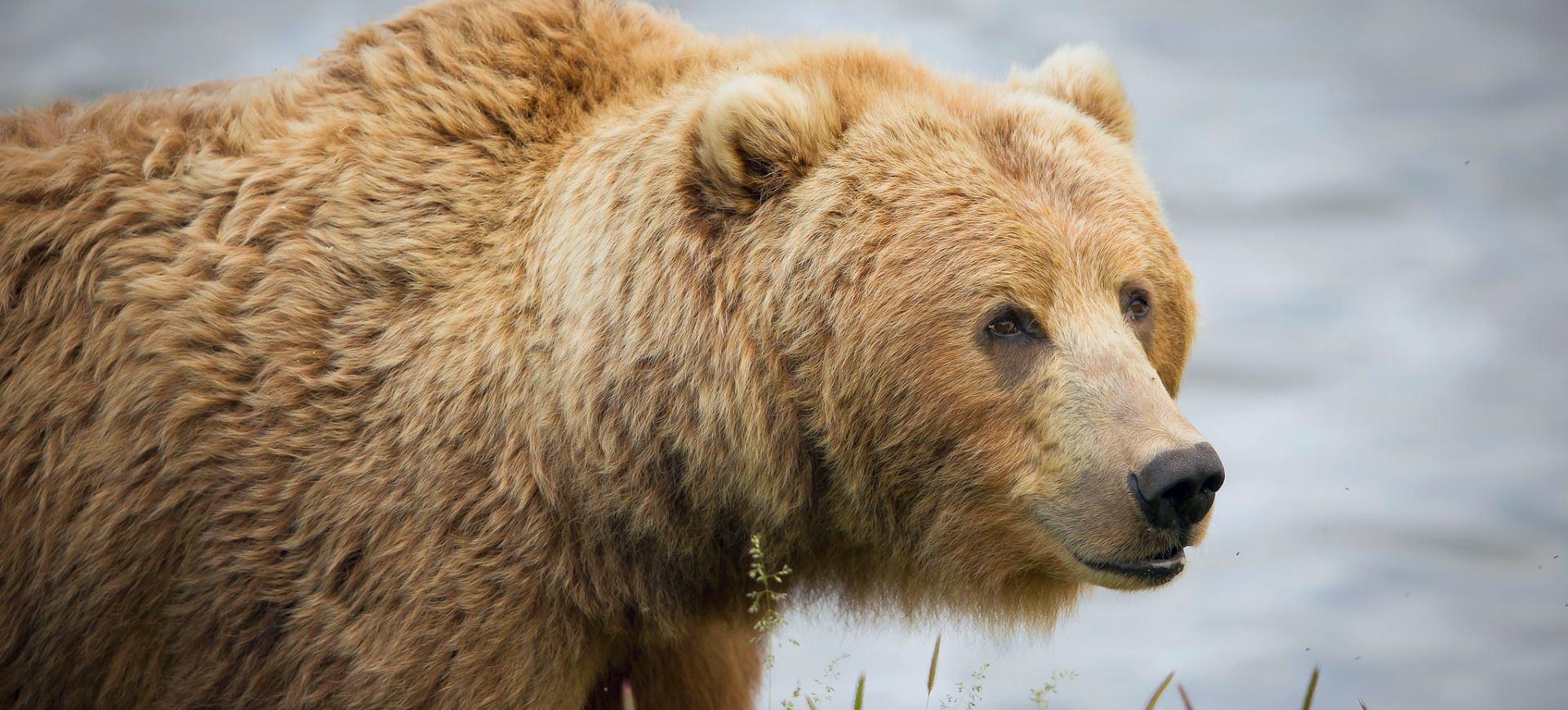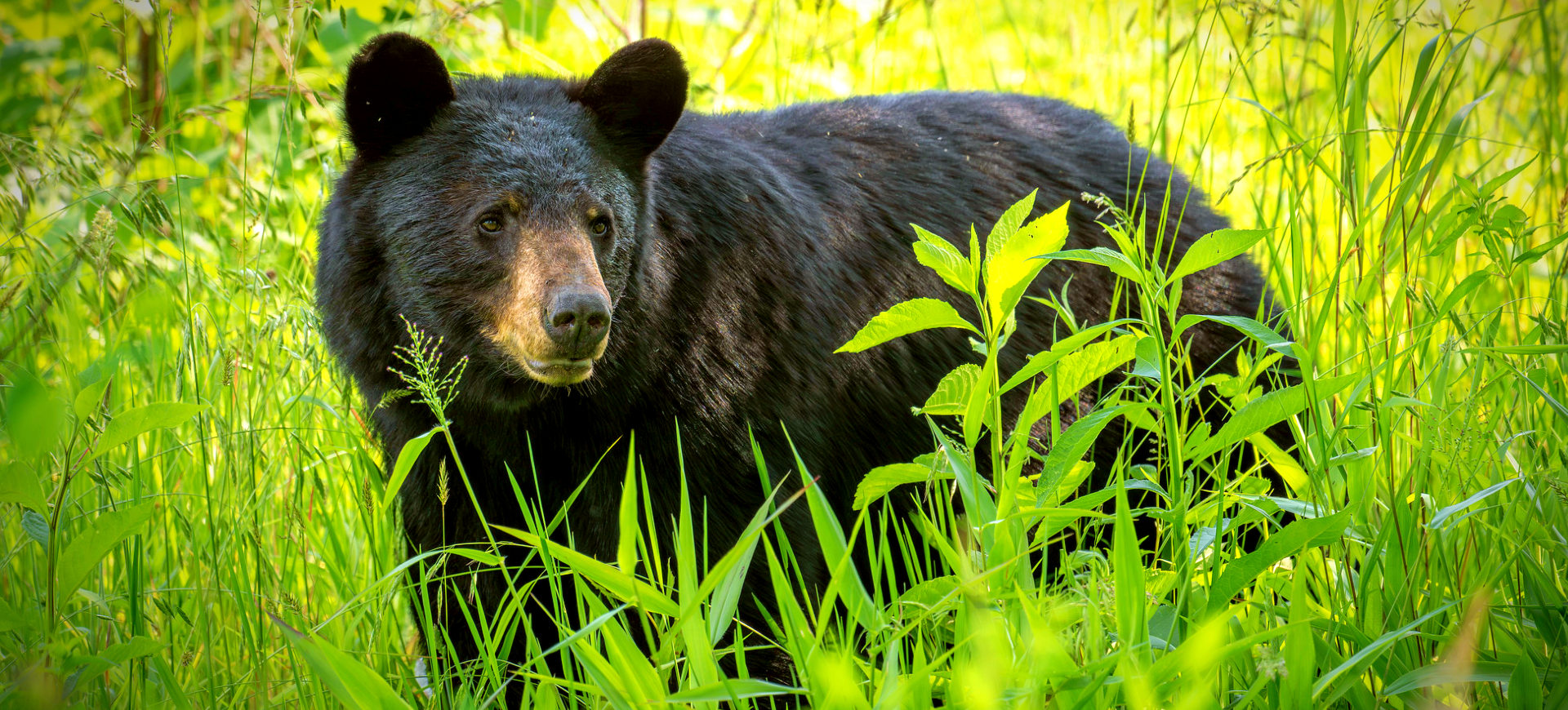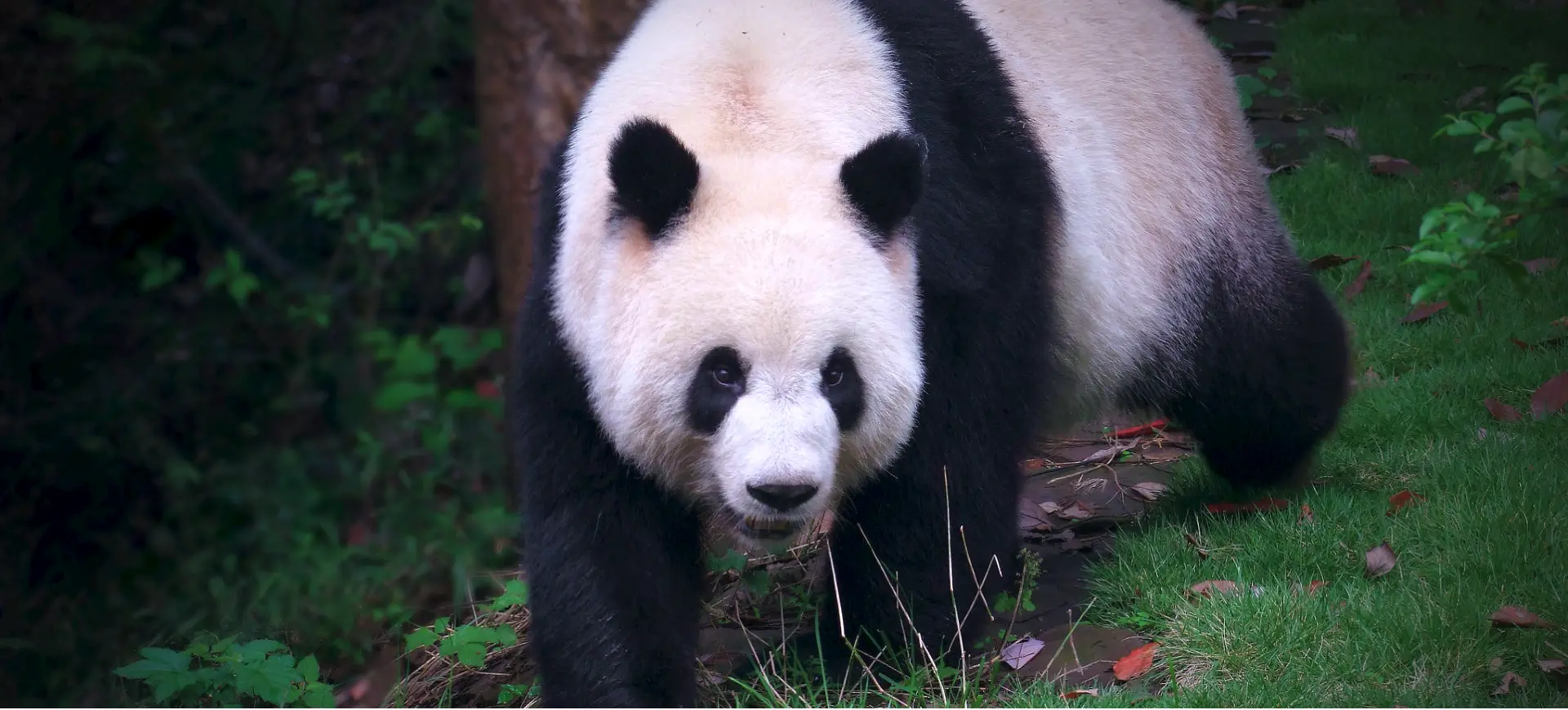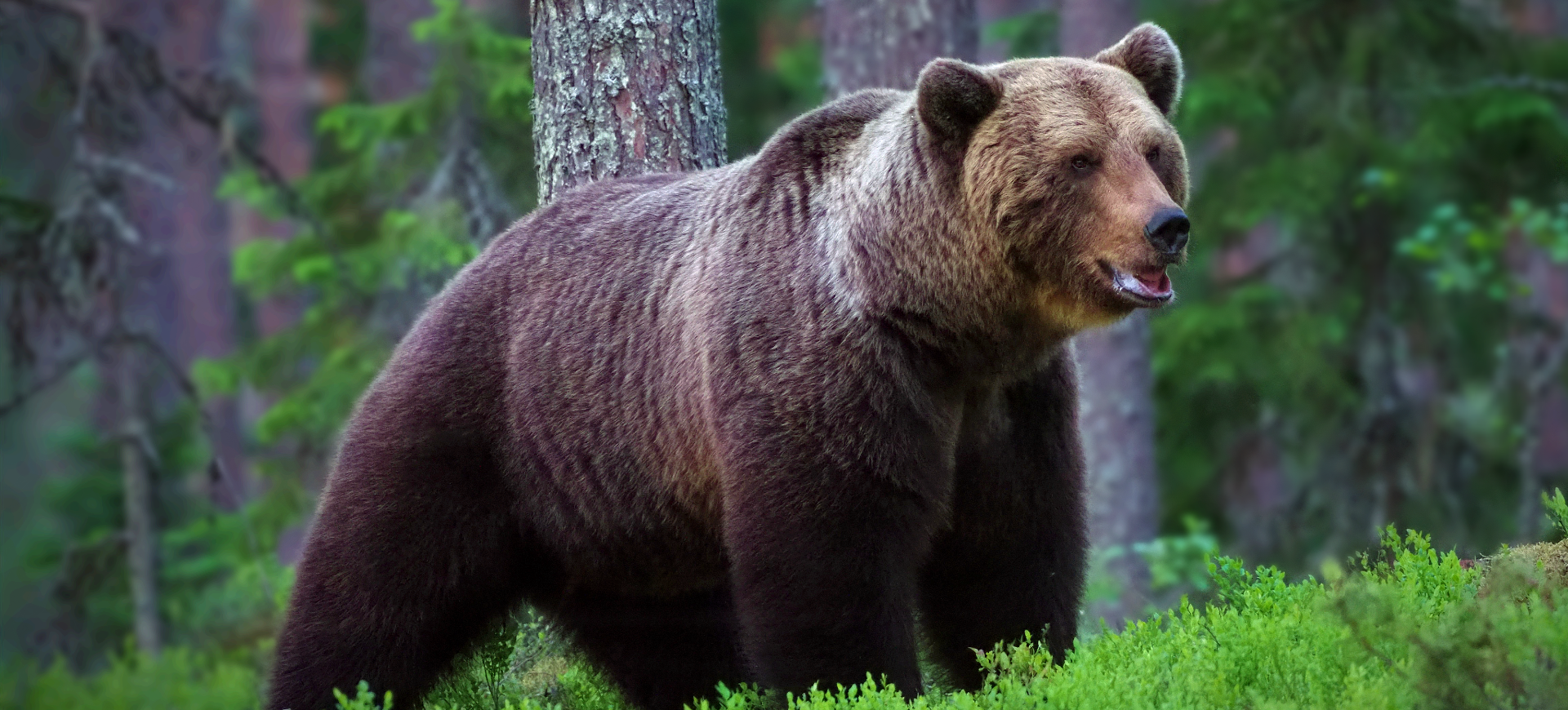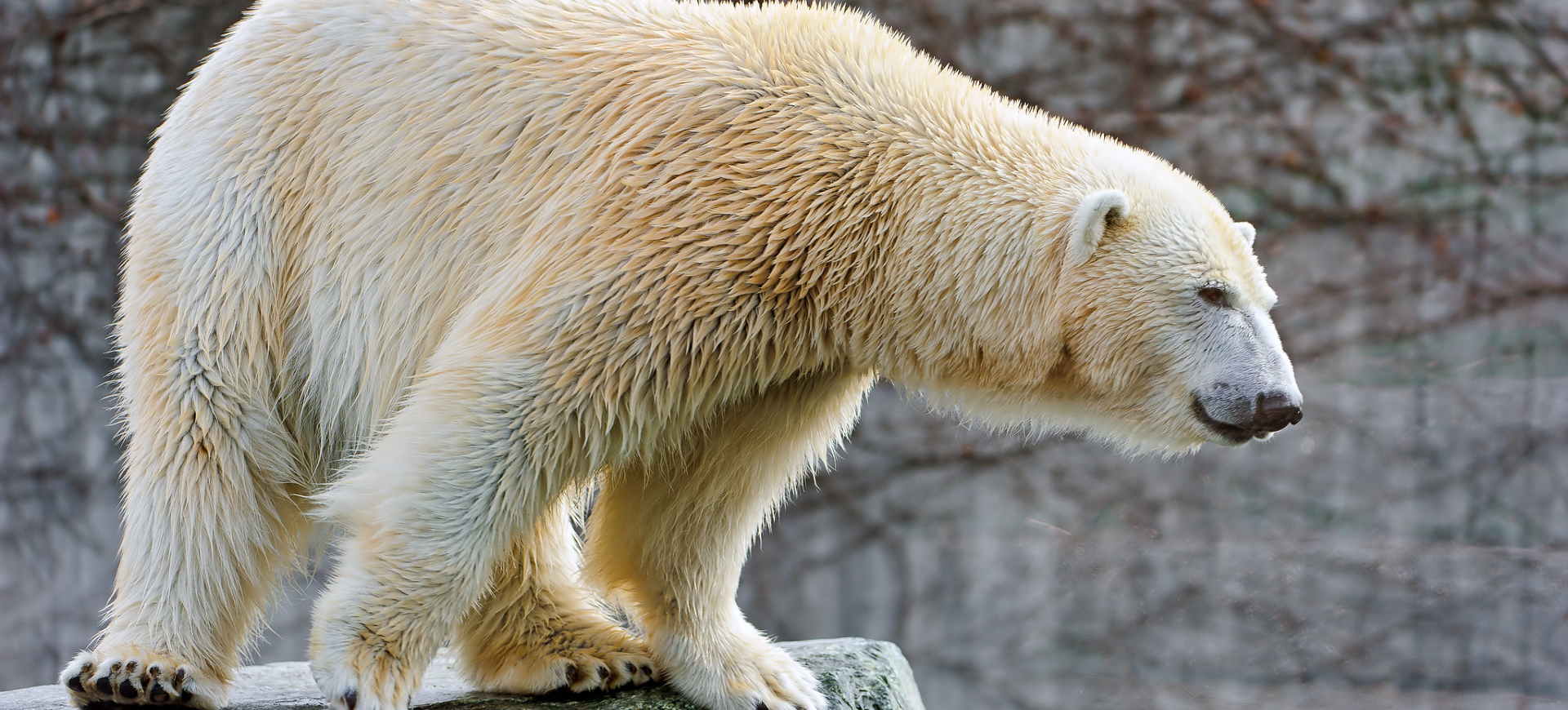Overview
The Spectacled Bear, often recognized for its signature rings around the eyes that look like eyeglasses, is the only bear species native to South America. This elusive creature is mainly found in the Andean region, covering a range from Venezuela to the north of Argentina. The Spectacled Bear plays a crucial role in its ecosystem, especially in seed dispersal due to its largely fruit-based diet.
Named after its distinctive facial markings, the Spectacled Bear has a stocky build and short snout and is relatively smaller than other bear species. Despite their seemingly benign demeanor, they are extreme climbers and swimmers, being able to ascend even the tallest trees and swim across considerable bodies of water. The bear’s fur is black or dark brown, and each has a unique set of pale yellow or white markings on its chest and face.
These bears are generally shy, solitary, and primarily active at night, making them challenging to study in the wild. Notably, the Spectacled Bear is classified as Vulnerable by the International Union for Conservation of Nature (IUCN), with habitat loss and hunting being their primary threats. Efforts to protect and preserve these unique creatures are ongoing.
Taxonomy
Kingdom
Phylum
Class
Order
Family
Genus
Species
Type
Physical Description:
Spectacled Bears are well-known for their distinctive cream or white-colored “spectacles” around their eyes, which can extend to their chin and chest, creating unique patterns that help identify individuals. They have a compact, muscular build, with a body designed for climbing. They possess strong, curved, non-retractable claws, aiding in their arboreal lifestyle.
These bears stand from 5 to 7.8 feet (1.5 to 2.4 meters) tall on their hind legs and exhibit sexual dimorphism, with males being significantly larger than females. Their thick and woolly fur protects them from cold temperatures at high elevations. It ranges from black to dark brown, contrasting with the lighter markings around the eyes and upper chest. Their snouts are short, and their teeth are adapted for their omnivorous diet.

Lifespan: Wild: ~20 years || Captivity: ~30 years

Weight: Male: 220-440 lbs (100-200 kg) || Female: 140-180 lbs (64-82 kg)

Length: Male: 60-72 in (152-183 cm) || Female: 48-60 in (122-152 cm)

Height: Male: 30-35 in (76-89 cm) || Female: 24-28 in (61-71 cm)

Top Speed: 30 mph (48 km/h)
Characteristic:
Native Habitat:
Spectacled Bears inhabit various habitats, including cloud forests, high-altitude grasslands, dry forests, and scrub deserts along the Andes mountain range. They prefer rugged, inaccessible terrain and are commonly found at altitudes of up to 14,000 feet, although they descend to lower elevations in search of food.
These bears are excellent climbers and often climb even the tallest trees in their habitat. They build platforms by bending branches and using them to rest or watch for threats. Their habitat is constantly threatened due to deforestation and the forest conversion into farmlands, causing significant habitat fragmentation for this species.
Biomes:
Biogeographical Realms:
Continents:
Diet:
Diet & Feeding Habits:
Spectacled Bears are omnivorous, although most of their diet is plant-based. They particularly like fruits, cacti, bromeliads, and palm nuts. When fruit is abundant, they can consume up to 95% of their dietary needs from it. They eat roots, bulbs, and tubers and occasionally munch on insects, rodents, birds, and livestock. However, Spectacled Bears do not hibernate, unlike many other bear species, so they forage and feed year-round.
They have unique feeding habits associated with their mountainous environments. They are known to scale trees and spend considerable time there, feeding on tree products. In the dry season, they feed on the fleshy leaves of the bromeliad, a plant that stores water in its leaves. Spectacled Bears are also known to travel great distances to locate food sources, demonstrating their adaptability to challenging conditions.
Mating Behavior:
Mating Description:
The mating season for Spectacled Bears is between April and June. They are not social animals, but males and females find each other through scent marking during mating season. The male will follow the female for several days before mating, engaging in a ritual that involves sniffing, following, and mutual grooming.
After mating, the male leaves, leaving the female alone to raise the offspring. The gestation period varies from 5.5 to 8.5 months due to delayed implantation, a reproductive phenomenon where the fertilized egg does not immediately implant in the uterus. One to three cubs are typically born, although two are the most common.
Reproduction Season:
Birth Type:
Pregnancy Duration:
Female Name:
Male Name:
Baby Name:
Social Structure Description:
Spectacled Bears are solitary creatures, with males and females generally interacting only for mating. Males have larger territories that overlap with those of several females. Bears communicate with each other using a combination of vocal, chemical, and visual signals. Vocalizations are uncommon but can include growls, whistles, and roars.
Juvenile bears stay with their mothers for about a year, during which they learn essential survival skills. Once they leave their mother, young bears set out to establish their territories. Their solitary nature, combined with a range often fragmented due to human activity, makes encounters between individuals relatively rare.
Groups:
Conservation Status:
Population Trend:
Spectacled Bear populations are decreasing, and the species is currently listed as Vulnerable by the IUCN. The most significant threats to the species come from habitat loss due to farming, cattle ranching, and mining, leading to increased fragmentation of their populations. This has reduced the bear’s range, and smaller, isolated groups face increased inbreeding, which threatens genetic diversity.
In addition to habitat loss, Spectacled Bears are often killed in retaliation for livestock depredation or out of fear. They are also targeted by illegal wildlife trade, as their gallbladders and other body parts are used in traditional medicine. Despite their protected status in many countries, enforcement of these laws is often weak.
Population Threats:
The Spectacled Bear faces various threats, including habitat destruction due to agriculture, illegal hunting, and human-wildlife conflict. As human populations expand into previously remote regions, habitat fragmentation increases, leading to smaller, isolated bear populations. Furthermore, increased access to these areas for humans means higher chances of encounters with bears, often leading to bear mortality.
Illegal hunting is also a significant threat to Spectacled Bears. They are hunted for meat, and body parts like gallbladders are valued in traditional medicine. Also, they are often killed in retaliation for predation on livestock, especially when they venture into human-dominated landscapes due to a lack of natural food sources.
Conservation Efforts:
Conservation efforts for the Spectacled Bear involve both in situ (on-site) conservation, such as protecting their natural habitats and educating local communities, and ex-situ (off-site) conservation, such as captive breeding programs. Protected areas have been established across their range, but enforcing protection measures remains challenging due to the remote and rugged terrain.
Several organizations, such as the Wildlife Conservation Society (WCS) and the Andean Bear Conservation Project, are working to protect and study Spectacled Bears. Efforts involve research to understand their ecology and behavior better, conservation education, and addressing human-bear conflicts. Captive breeding programs also exist in zoos worldwide, aiming to bolster the species’ genetic diversity.
Additional Resources:
Fun Facts
- The Spectacled Bear is the only bear species native to South America.
- Each Spectacled Bear has unique facial markings that help identify individuals.
- Unlike many other bear species, Spectacled Bears do not hibernate.
- They are named after their “spectacles” – light-colored markings around their eyes that resemble eyeglasses.
- They are great climbers and often spend time in trees.
- They exhibit delayed implantation, where the fertilized egg doesn’t implant immediately in the uterus.
- Despite being classified as carnivores, most of their diet consists of plant matter.
- They are known for their ability to scale even the tallest trees in their habitat.
- Their preferred habitat is the high-altitude cloud forests of the Andes.
- Their conservation status is listed as Vulnerable by the IUCN, with decreasing population trends.








